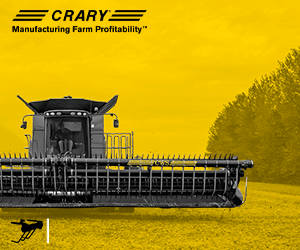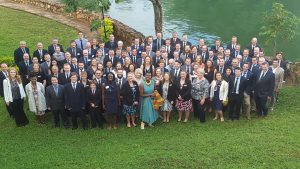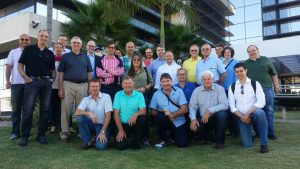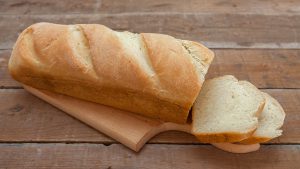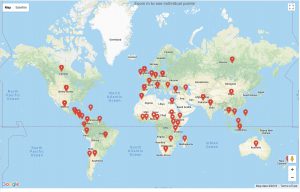Netherlands’ soybean production
PART OF THEIR CIRCULAR ECONOMY
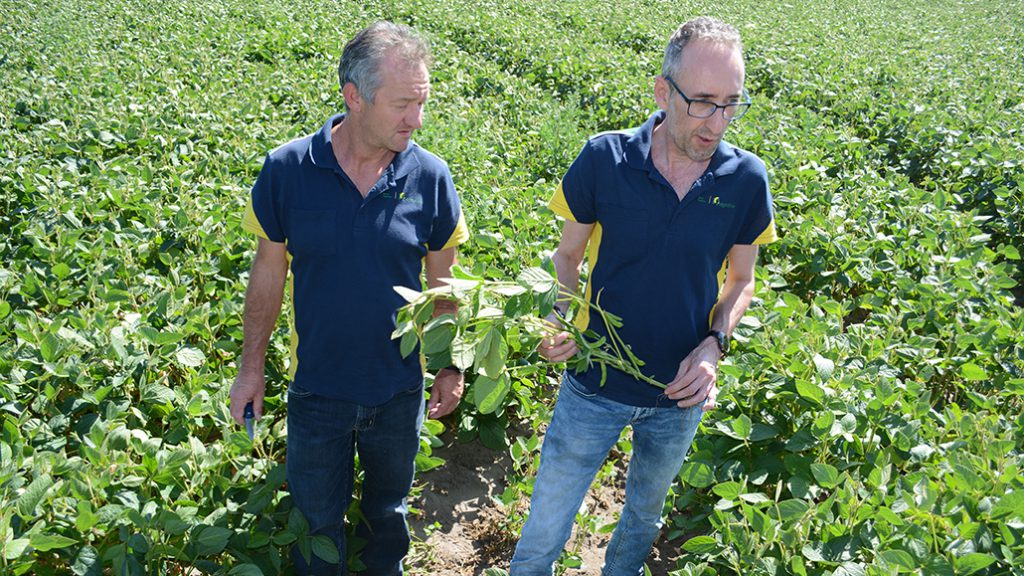
THE NEW AND nasty trade war upon us has nations taking another look at domestic food and feed production, with an eye towards import replacements. They wonder: can traditional suppliers still be trusted? Will volatile leaders escalate the trade war and drive our farmers and processors out of business? What are the alternatives to the raw commodities we buy, especially as diets change?
Those kinds of questions are being asked everywhere, including in Europe.
“There is an increasing demand for locally grown products, and Europe wants to provide a greater share of its own protein needs,” says Henk Vermeer of Royal Agrifirm, a Dutch co-op bent on growing soybeans in the Netherlands. “Soy is the most obvious product for increasing the percentage of vegetable protein in our diet.”
Vermeer, the co-op’s soybean project manager, is leading a group of about 90 Dutch producers who think soybeans have potential in rotation with potatoes. They’re growing 475 hectares of conventional, non-GMO varieties this season. More than three-quarters of the production is going to a company called Alpro for soy-based beverages and plant-based food. The rest goes for livestock feed.
GROWING INTEREST
For Agrifirm, soybean production is more than a kneejerk response to Donald Trump and his ultra right-wing protectionist policies. The co-op saw the import replacement trend developing years ago, and started promoting soybeans back in 2013, with just nine growers and 30 hectares of land.
Today, it offers four different varieties to farmers, expanding its catalogue from soybeans that were early maturing to those now that are high yielding, up to 4,400 kg. per hectare. Farmers in three more regions are planning to grow soybeans next year.
On a media tour there this summer, Agrifirm accompanied a group of 30 international agricultural journalists to a field that despite a significant drought in Europe, appeared healthy, productive, and enjoying unusually high temperatures there.
Vermeer says soybeans in the Netherlands require a lot of management. Maturity takes up to 120 days. And for the most part, the infrastructure is still coming together for quickly drying the harvested beans, which have moisture content ranging from 15 to 25 per cent dry matter.
“Farmers do not yet know the crop, so they quickly fall back on the cultivation of grain,” he says. “But they like it — they say it’s stronger than summer wheat or other crops. And they’re very curious about it. Most of them have never seen it, so we teach them about it. I believe soy has the potential to be of solid value in Dutch cultivation plans.”
Soybeans are lucrative, selling for about 500 Euro per ton. But to no one’s surprise, they’re experiencing some growing pains. For example, they are affected by sclerotinia in areas where potato production is intense. Some growers experienced lodging from rain, following a drought there. Even within fields, there were large differences in the colour and condition of the beans.
ENVIRONMENT
But producers are being patient. Soybeans’ nitrogen-fixing property is a huge plus in a country like Netherlands where the ecological footprint of any crop is closely watched and where nitrogen use is a sensitive topic.
In fact, nitrogen-fixing resonates further in Europe as part of the drive for what’s called the circular economy, one of the continent’s most pressing imperatives. The term is sometimes used interchangeably with ecological farming and holistic farming. But the bottom line is that it’s a key driver for European agriculture… and one which grain and oilseed exporters to Europe should familiarize themselves with, given how new non-trade barriers are continually springing up.
For example, the circular economy, and agriculture’s role in it, was the focus of a forum in June sponsored by Agrifirm, based on the theme “Does geographical distance determine the success of circular agriculture?” It drew 250 participants, who heard experts like Martin Scholten, managing director of the Animal Sciences Group at Wageningen University, put this new direction for agriculture in a Dutch context.
“For 60 years we had a single doctrine — production efficiency — increasing capacity through the best possible use of raw materials and the smallest possible amount of labour,” he said. “We excel at this in the Netherlands. Now we need to switch to a more economical use of raw materials. Circular agriculture must become the baseline.”
Marjolijn Sonnema, director-general for agro and nature policy at the country’s Ministry of Agriculture, Nature and Food Quality, said the key issue for circular agriculture is to keep soil healthy.
“We need more efficient management of available nutrients and reduction of waste,” she said. “This can be achieved by creating value from remains — creating something valuable from what remains after production.” Again, domestic production with few inputs, and soybeans’ nitrogen-fixing trait, lends itself well to this goal.
Sonnema went on to caution that reshaping into circular production “must not compromise food safety,” an obvious reference to GMOs, which continue to meet opposition there.
The current soybean varieties being promoted by Agrifirm are non-GMO, a decision project manager Vermeer says is market driven.
“European consumers are generally opponents of GMO products,” he says. “Our company is in favour of technology and innovation, and also, of GMO. Of course, developments can have negative side effects and you must manage them carefully, such as the risk of resistance.”
Proper management is an advantage of having an agronomically-minded organization like Agrifirm guiding soybeans’ expansion in Netherlands, answering farmers’ and consumers’ questions about performance and safety, and helping prepare the crop’s further entry into the circular economy. •


